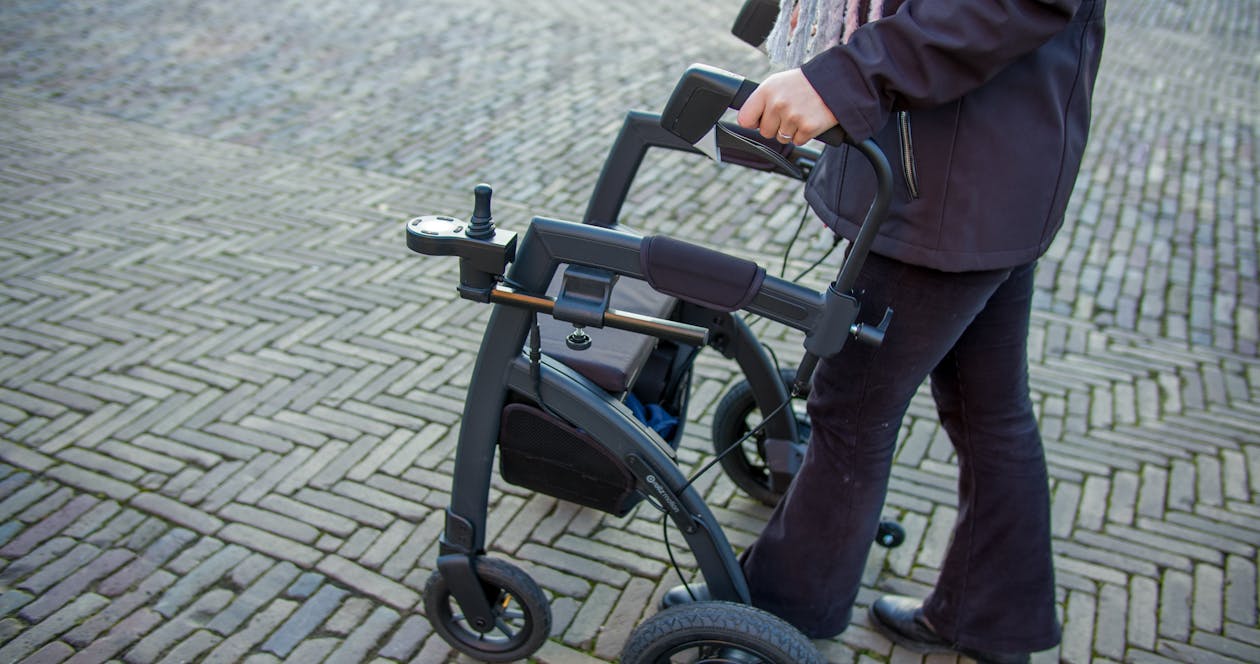
Maintaining mobility and independence is essential for a good quality of life. Assistive devices empower people with disabilities, injuries, or age-related limitations to navigate their surroundings safely and confidently. The year 2024 has seen advancements in both classic and innovative mobility aids, offering a wider range of options to suit various needs.
Here’s a breakdown of some of the most common mobility assistance devices available in 2024:
Assistive Walking Devices
- Canes: These simple yet effective tools provide stability and balance support for walking. They come in various styles, including single-point canes, offset canes, and tripod canes.
- Crutches: Crutches are used for short-term mobility needs or when a cane isn’t sufficient support. They come in different configurations, including forearm crutches and underarm crutches.
- Walkers: Walkers offer a more stable support system than canes or crutches. They typically have four legs and may have wheels or a glide mechanism for easier movement. Standard walkers, posterior walkers, rollator walkers, and forearm walkers are some of the common types available.
Manual Wheelchairs
Manual wheelchairs are self-propelled using handrims. They come in various configurations, including standard wheelchairs, lightweight wheelchairs, ultralight wheelchairs, and sports wheelchairs. Options for customization include seating systems, backrests, leg rests, and armrests to ensure optimal comfort and support for the user.
Power Wheelchairs
Power wheelchairs are battery-operated and controlled by a joystick or other control device. They offer greater independence for individuals with limited upper body strength or mobility. Similar to manual wheelchairs, power wheelchairs come in a variety of configurations, including standard power wheelchairs, all-terrain power wheelchairs, and power scooters.
Standing Aids
Standing aids assist individuals with standing upright from a seated position. They can be static devices like standing frames or dynamic aids like gait trainers.
Other Mobility Devices
- Stairlifts: Stairlifts are mechanized devices that help people with limited mobility safely navigate stairs.
- Transfer Devices: Transfer devices assist individuals with moving between surfaces, such as from a bed to a wheelchair or from a wheelchair to a toilet.
- Mobility Scooters: Mobility scooters are three- or four-wheeled motorized vehicles designed for individuals who have difficulty walking long distances.
Choosing the Right Mobility Device
The ideal mobility assistance device depends on individual needs and circumstances. Here are some factors to consider when choosing a device:
- Level of mobility: Consider the user’s ability to walk, stand, or transfer independently.
- Strength and endurance: The user’s upper body strength and overall endurance will influence the choice between a manual or power wheelchair.
- Environment: Think about where the device will be used primarily. Will it be used indoors, outdoors, or both?
Consulting a healthcare professional, such as a physical therapist or occupational therapist, is crucial for getting a proper evaluation and recommendation for the most suitable mobility assistance device.
Read More: https://guestpostcity.com/